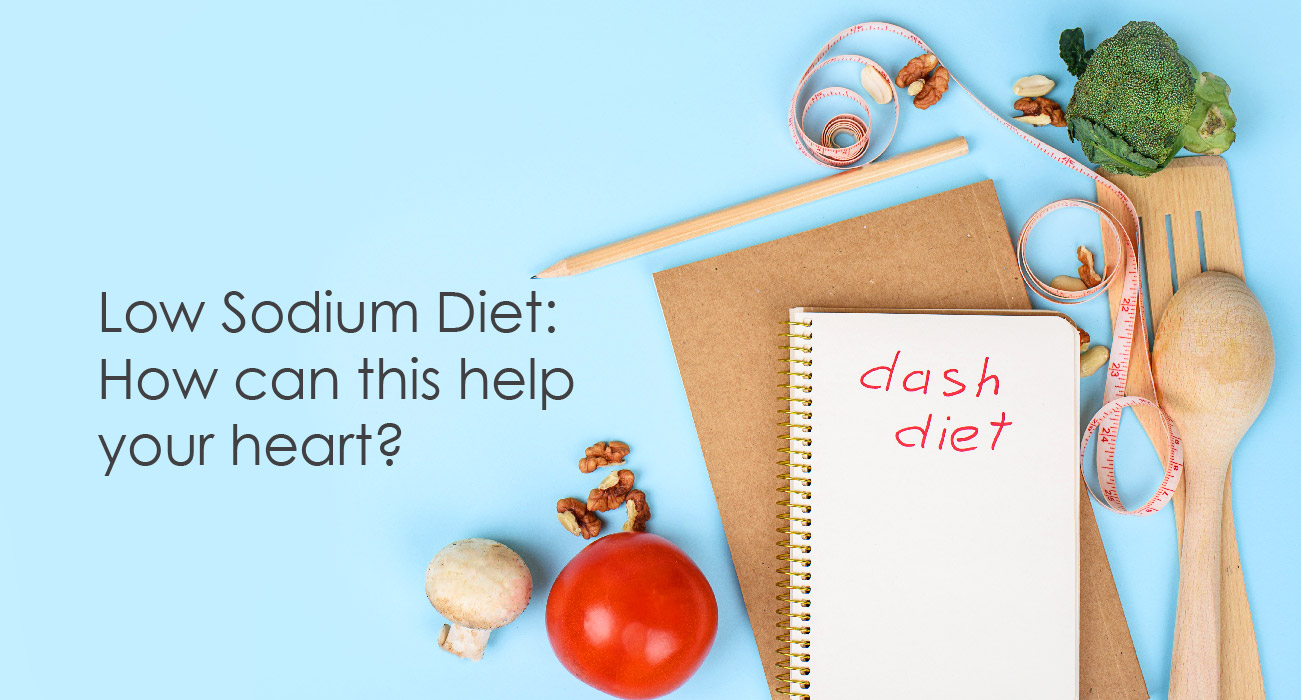05/27/2022
If you or someone you know has heart disease, then you might have heard one common piece of advice that everyone knows, “eat less salt." Excessive salt consumption can be harmful without you even realizing it. And a low sodium diet can save your heart. As suggested by our experts from the Cardiac hospital in Jaipur, you can start following the same by eliminating the salt shaker from your table. Here we’ve discussed a few ways through which you can start having a low sodium diet effortlessly.
Why do you need to limit Sodium intake?
Limiting your sodium intake helps to reduce the amount of extra fluid around your heart, lungs, and legs. Extra fluid in your body strains your heart and raises your blood pressure.
How much Salt should you take?
If you have any cardiac issues and are suffering from CHF (congestive heart failure), you should limit your sodium intake to no more, than 500 mg per day. That's significantly less than the 3,400 mg consumed by the majority of Americans.
You may not realize it, but packaged foods and restaurant meals are likely to contain more than 70% of the sodium in your diet. Buying fresh groceries and cooking at home are two of the most effective ways to save money and your health as well.
How can this low Sodium diet help your body?
As suggested by the best Cardiologist in Jaipur, a low sodium diet can help you be healthy in various ways. Some of them are listed below:
- Lowering blood pressure- Sodium raises total blood volume by increasing the amount of water in the bloodstream. This increase in blood volume places additional strain on the circulatory system, resulting in high blood pressure. Reduced sodium intake may aid in maintaining normal blood pressure.
- Keeping your liver healthy- People with certain liver illnesses may develop hypertension as well as ascites, or a buildup of fluid in the abdomen. To avoid or control ascites, doctors may advise people with cirrhosis and certain other liver illnesses to adopt a low-sodium diet.
- Keeping your kidney health in check- The kidneys aid in the regulation of salt levels in the body. Excess salt and fluid can build up in the body as a result of poor renal function. This fluid buildup can cause high blood pressure as well as edema in the ankles and under the eyes.
To avoid health issues, the National Kidney Foundation (NKF) recommends that people with kidney disease reduce their sodium intake.
Low sodium foods that you must have:
Beans- You can buy dried beans to cook at home and decide how much salt to use. If you buy them in a can, search for one with no added salt. Rinse them before eating to remove excess sodium.
Cereals- Oatmeal and shredded wheat are both nutritious options. Choose plain varieties; you may garnish them with fruit or nuts before eating. When purchasing cold cereals, aim for those with 5% DV sodium or less on the Nutrition Facts label.
Pasta, rice, and other grains are all options- Avoid pre-seasoned grains in favor of whole grains such as brown or wild rice, quinoa, whole-wheat pasta, or couscous.
The grocery store aisles are brimming with low-salt options that can help you establish a heart-healthy diet.
Vegetables and fruits: You may buy them fresh or frozen, but look for ones that don't have any extra butter, sauces, or seasonings.
Meat- Sodium levels are high in processed meats such as bacon, lunchmeat, hot dogs, sausage, salami, and ham. Meats that have been smoked, cured, or canned are also acceptable. Purchase fresh or frozen fish, chicken, or beef to cook and season yourself.
As part of the packing process, salt is added to some raw meats. If there is a Nutrition Facts label, aim for a DV (daily values) of 5% or less salt.
Foods you should avoid while having a low sodium diet:
When adopting a low salt diet, the NKF (National Kidney Foundation) recommends avoiding the following foods:
Tortillas, maize chips, and pretzels are examples of salty snacks.
Foods for convenience: People should avoid canned meals and freezer dinners.
Teriyaki, soy, and barbecue sauce are examples of high sodium sauces.
Cheese, buttermilk, and canned soup are examples of processed foods.
Cured foods: Bacon, ham, and pickles are all examples of cured foods.
Pastrami, sausage, and corned beef are examples of lunch meats.
How can you follow a low Sodium diet when you’re outside?
Eating in a restaurant: Those on a low salt diet may also wish to exercise caution when dining out. Before ordering, customers can inquire about the salt content of a certain meal. They might also request that the dish be prepared without salt and that salad dressing or sauces be served.
Carry fresh fruit: you can keep fruit cuttings or whole fruits with you if you’re traveling. This will help you satisfy your sudden hunger pangs. And you can avoid buying packaged food items too.
A low sodium diet can help you stay active by keeping your heart healthy. If you have any concerns or want a second opinion on the same, consult our experts practicing in the best hospital in Jaipur.

